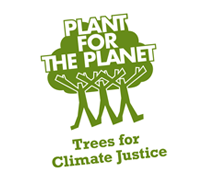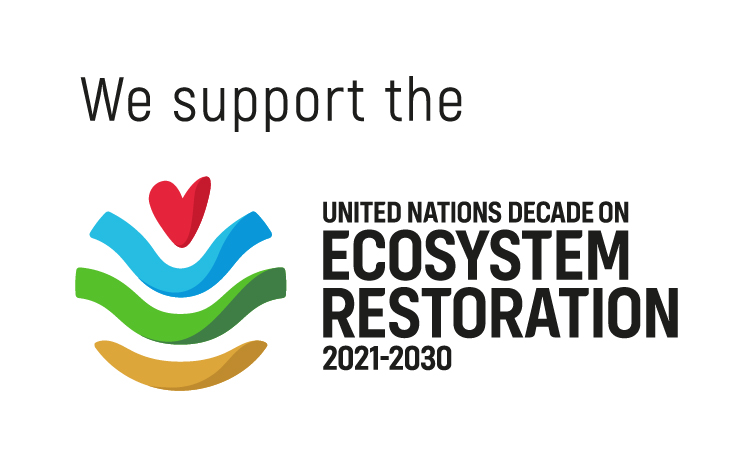Trees for Villagers™
Fatehabad, Haryana, India
Project Purpose
Trees for Rural Communities™Plant Now Location

The plantation is implemented in Nikuana, Bhunderwas, Bara, Bhani Khera, Mehmra, Kamana, Bhawani Khera villages in the Fatehabad district of Haryana.

Groundwater
Recharge

Increase in
Green Cover

Reduction in
Air Pollution

Generation of
Rural Employment

Control Soil Erosion






About the Project
As deforestation continues to plague Haryana, the region has suffered a notable decline in topsoil quality and moisture availability while also contributing to air pollution. This has had a negative impact on the local villagers, who rely on forests for their resources. To address this issue, Grow-Trees developed the Trees for Villagers™. The planting of trees for villagers™ seeks to restore the green cover and offset atmospheric carbon to control air pollution. Beyond the environmental benefits, this project will also improve the aesthetic appeal of the area, attracting various bird and arboreal species while enhancing the soil quality of the planting site, mitigating surface water runoff, and bolstering the groundwater table. Cleaner air, improved soil quality, and increased biodiversity all come together to create a healthy ecosystem that benefits the villagers.
Why Trees for this Project?
An article in the Environment Conservation Journal emphasized the dire situation - “India has 21.54% of land under forest cover as opposed to 33% recommended in the National Forest Policy, according to the report of Forest Survey of India. While Haryana tops the list below with just 3.59% forest cover. Every five years, the size of the forest cover of Haryana vanishes, leaving behind constantly eroding soil that can hold neither water nor nutrients.”
An article in Mongabay highlighted that “Annual groundwater withdrawal in Haryana is 137% of its annual extractable groundwater resources. Out of the 141 blocks in Haryana, 85 have reached the red category level.”
Tree Species
Planting of trees requires careful planning to ensure they thrive in their natural habitat. By combining traditional knowledge with modern techniques, we can continue to benefit from natural resources while ensuring their sustainable use for future generations.
Indian trees have long provided people with medicinal benefits and high-quality wood. The project involved the plantation of Neem (Azardirachta indica), which is known for its excellent wood, and is also renowned for its medicinal benefits. Papdi (Holoptelea integrifolia), is known for its medicinal properties. Similarly, Shisham wood (Dalbergia sissoo), with its innate resistance to decay and warping, is popularly used for woodcarving and making kitchenware products. It provides excellent resistance to dry-wood termites and is known for its durability. Pahari kikkar (Vachelia nilotica) is known for its medicinal properties and hardwood timber. Finally, Burma Dek (Tectona grandis), a tree with great wood, is highly valued for its durability and aesthetic appeal. It is also known for its resistance to decay and pests, making it a long-lasting and sustainable option.
Making a Difference - The Impact of Your Support
Planting of trees offers numerous benefits that span across multiple aspects.*
Generating Employment
Our project generates employment opportunities for the local communities since we are committed to working closely with them at our planting sites. They are involved in preparing the saplings in the nursery, transportation of the saplings, plantation and maintenance.
The local communities can also earn additional income from the plantation produce, in this case, they can supplement their income from timber and fruits once the tree matures.
Employment for Women
Tree plantation activities provide employment for women as many women workers participate in our projects.
Fodder for Livestock
Livestock is a major source of sustenance for the local community. Trees will provide ample fodder to meet the needs of their livestock.
Improve Aesthetic Value
Trees bring aesthetic value to the surroundings and serve as a natural habitat for various bird species and arboreal animals such as monkeys and squirrels.
Recharge Groundwater
By planting trees, we can help regulate the natural water cycle and improve water quality. This will benefit both the local population.
Groundwater recharge happens when water from rainfall and other sources soaks into the ground and refills underground water sources. This is important in making sure we have enough water for drinking, agriculture and other uses.
Improve Soil Quality
Trees help to reduce soil erosion and improve the overall soil quality. This helps increase the agricultural productivity of the local villagers.
Prevent Surface Water Runoff
Trees absorb and hold rainwater, allowing it to gradually release into the soil, rather than rushing off and carrying pollutants. Tree roots also hold soil in place and absorb water for release through transpiration.
Reduce Pollution
Trees do an excellent job absorbing carbon dioxide from the atmosphere. A mature tree can absorb up to 20 kg of CO2 each year. Trees reduce pollution, keep the temperature cool and reduce atmospheric stressors.
*The environmental benefits of the trees reach their full potential as they mature.










